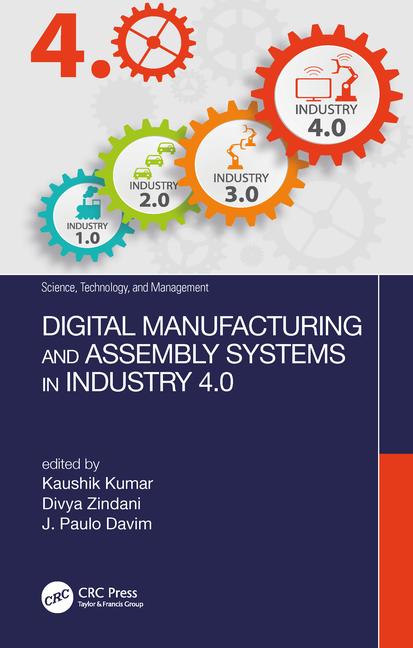ST. PETERSBURG, FL—After a difficult year dealing with vehicle availability and supply chain shortfalls, the EV market in the United States will rebound in 2023, predicts Lars Thomsen, a futurist speaking on behalf of Juice Americas Inc. The company is the U.S. subsidiary of Juice Technology AG, a leading supplier of portable battery chargers.
“The Inflation Reduction Act and high gas prices, along with a lot of new compelling products across the board, have created a new momentum for EV adoption in the U.S.,” says Thomsen. “In many segments, EVs are the better choice for vehicles, not just for ecological, but also for economical and performance considerations. EV charging infrastructure is expanding as well in the U.S., but needs to catch up with the speed of rising demand.”
According to Thomsen, consumers will have more model options to choose from in 2023, and efficiencies in batteries and charging will continue to improve. He believes the following five trends will influence EV adoption this year and beyond:
- Affordability. More affordable, mid-priced, mid-range EVs using cheaper and less critical material-burdened battery technology will enter the U.S. and European markets. China will quickly become one of the biggest export countries for these types of vehicles, driving availability up. “By the end of 2023 EV sales will increase 25 percent, and double that number over the next two years,” claims Thomsen.
- Economical energy. Near term, electricity and gas prices have risen, but long term, the trend toward more renewable forms of electricity generation will continue. Over time, Thomsen predicts that energy costs will decline by using renewable energies and smarter energy grid management. This trend will benefit e-mobility adoption.
- Global competition. China will change from an importing to an exporting country for automobiles, increasingly taking market share in Asia, Europe and North America. Thomsen believes that China could gain up to 20 percent market share by 2027. For consumers, it means more choices and more technical innovations.
- Charging advancements. Driving an EV is getting even easier. Along with improved battery longevity, the charging infrastructure and charging options are making strides. Both charging times and charging rates are going up.
- Vehicle practicality. Efficiency innovations are increasing range, charging performance and usability of EVs as a better and cheaper option for most driving needs and profiles. “Almost all new EVs now allow for road tripping of 600+ miles per day with two meal-charging stops in between,” says Thomsen. “As a daily commute vehicle, most individuals will need no more than a single charging session of less than 30 minutes per week, for less than half the cost it would take to fill up with gas.
“Increased global competition, innovation and price options will drive EV market growth over the next decade,” adds Thomsen. “However, aligning supply and demand continues to be a challenge.
“Right now, demand for EVs exceeds most production capacity of many manufacturers and adds to their need for critical parts over the next two years,” explains Thomsen. “In parallel, charging infrastructure will have to keep pace with EVs.
“The demand in all three areas of charging infrastructure (highway, destination and home) is rising exponentially,” claims Thomsen. “Suddenly, money is to be made by building up public charging infrastructure, because there are customers who use and pay for it. This changes the game: We believe there will be a race for the most lucrative and best solutions that will turn a profit.”








